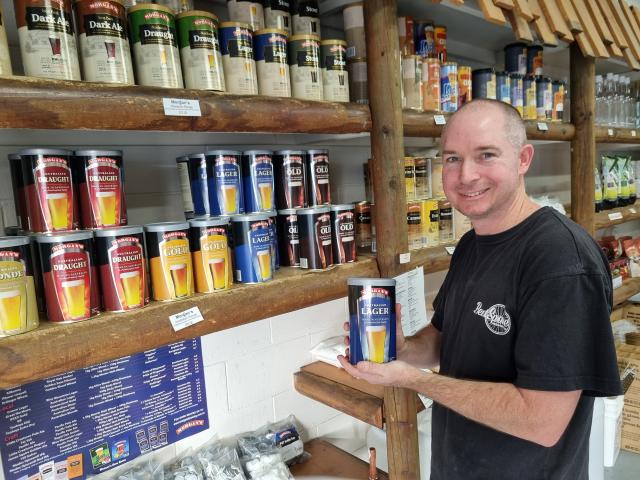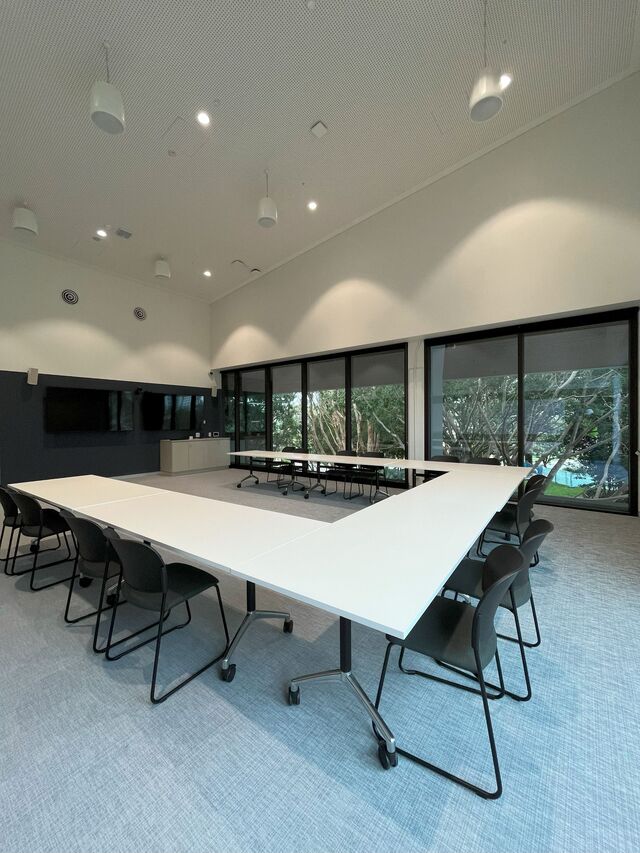The increase in beer prices is seeing a growing number of people turning to home brewing.
Whether they are people who are returning to brewing after giving it away or newbies who have decided to give it a go, there is a definite trend.
For those of us who are regular brewers (I have been doing home brewing for more than 30 years), we have known about the value and satisfaction that comes from creating a drop which is cost efficient and more importantly, tastes good.
Home brewing companies offer a greater range of brews than ever before and when coupled with a growing number of different yeasts, malts, hops and additives, you can really start to develop a quality drop.
Home brewing supplies shop owner Cameron Mole has notice a rapid uptake of people turning to home brewing.
“There are a few reasons why people are turning to home brewing and it is not just about the price,” Cameron said.
“I have younger people coming in wanting to recreate a brew that they enjoy and they may be trying to replicate their favourites craft beers which are expensive.
“Older brewers simply want to produce beers that are easy to make, cost efficient and you can produce in volume.
“I think another thing that has changed is that people are becoming more aware that home brews come in many different styles, from pale ales to lagers, stouts, porters ….you name it and you can make it.”
Cameron said people have a misconception that home brews are pretty rough and in years gone by they were because there wasn’t a big range and people probably weren’t taking as much care in what they were doing.
I know I have tasted a few brews that tasted like dirty socks and my first attempts weren’t very flash either.
“This may have deterred many people from having a go at home brewing,” he said.
“These days, you can be as basic or complex as you like and provided that you follow some basic guidelines, you should be able to produce a beer that is enjoyable and equal to any mainstream product.”
Starter kits which include the fermenter and associated equipment, a brew can and 30 PET 750ml bottles are priced at around $80-$90 ( price may vary depending on the outlet).
“Each brew will produce about 30 bottles and once you have the fermenting equipment, it’s about $30 for a brew and additive (dextrose, malt etc) which equates to about $1 a tall bottle.”
Cameron said many brewers were opting to keg their brews which avoided the hassle and time of cleaning and bottling.
“Keging your beer isn’t complicated, there is an initial cost in getting set up but once you are, it becomes very cost effective,” Cameron said.
“You can convert an old working fridge and depending on what you want and the volume you are after, a keg, gas bottle, hose, spout and connectors will cost around $400. You will have a set up that will last for years and you will have draft beer on tap.
“If you want to go upmarket, they’re many different types of kegerators in the market – purpose built cooling units complete with taps and hoses.
“No matter what you put your home brew into, the best thing is that you know you made it.”
There are home brew clubs and competitions around the country, many are listed online so simply type in “home brew clubs” in your search engine. Member numbers growing at a steady rate, especially with the government hiking up excise on beer.
If you have thought about having a go at home brewing, there’s no better time to try it. You will find plenty of avenues of support – home brewers love talking about their creations and offering tips ( though some brewers will keep some secrets to themselves).
Give it a go, you may surprise yourselves in just how easy and rewarding it can be.
Cheers
Bob Anthony
TIPS
To ensure a good brew:
Make sure all your equipment and bottle are cleans and sterilised
Make sure your yeast is healthy(Heat is an enemy of yeast and cold weather can inhibit fermentation. There are a growing number of yeasts that function in ambient temperatures and are more suited to warmer weather).
Try to use good water (preferably water that isn’t full of town chemicals – the purer the water, the better the result)
Be patient, fermentation is a “living” process so let your yeast do its thing at its own pace (if you have any doubts about the progress of your fermentation, ask you home brew supplier)
If you are starting out, don’t be afraid to ask for advice









